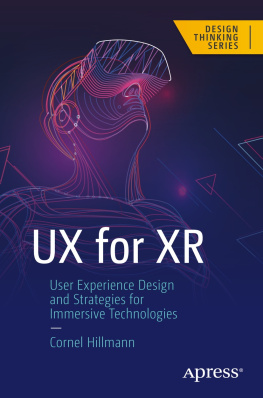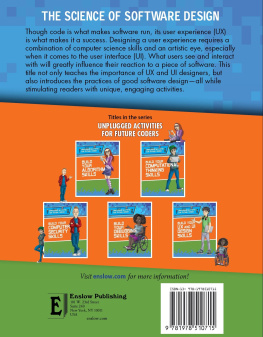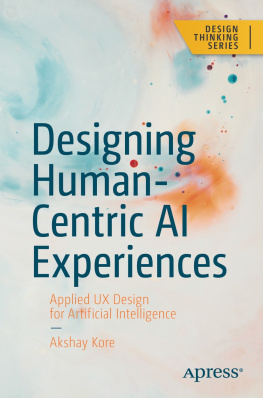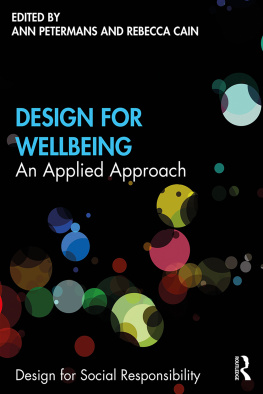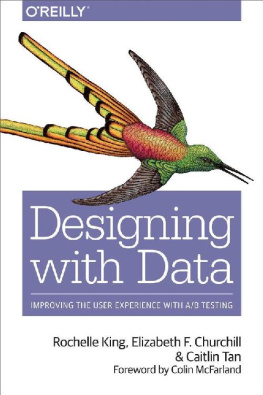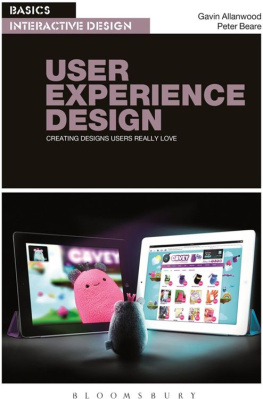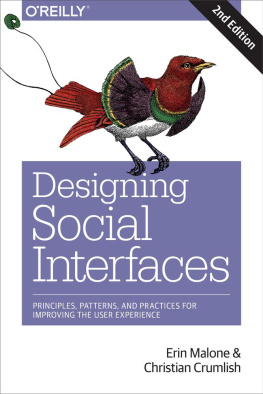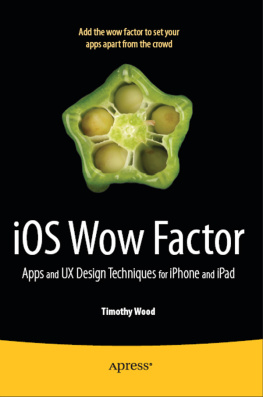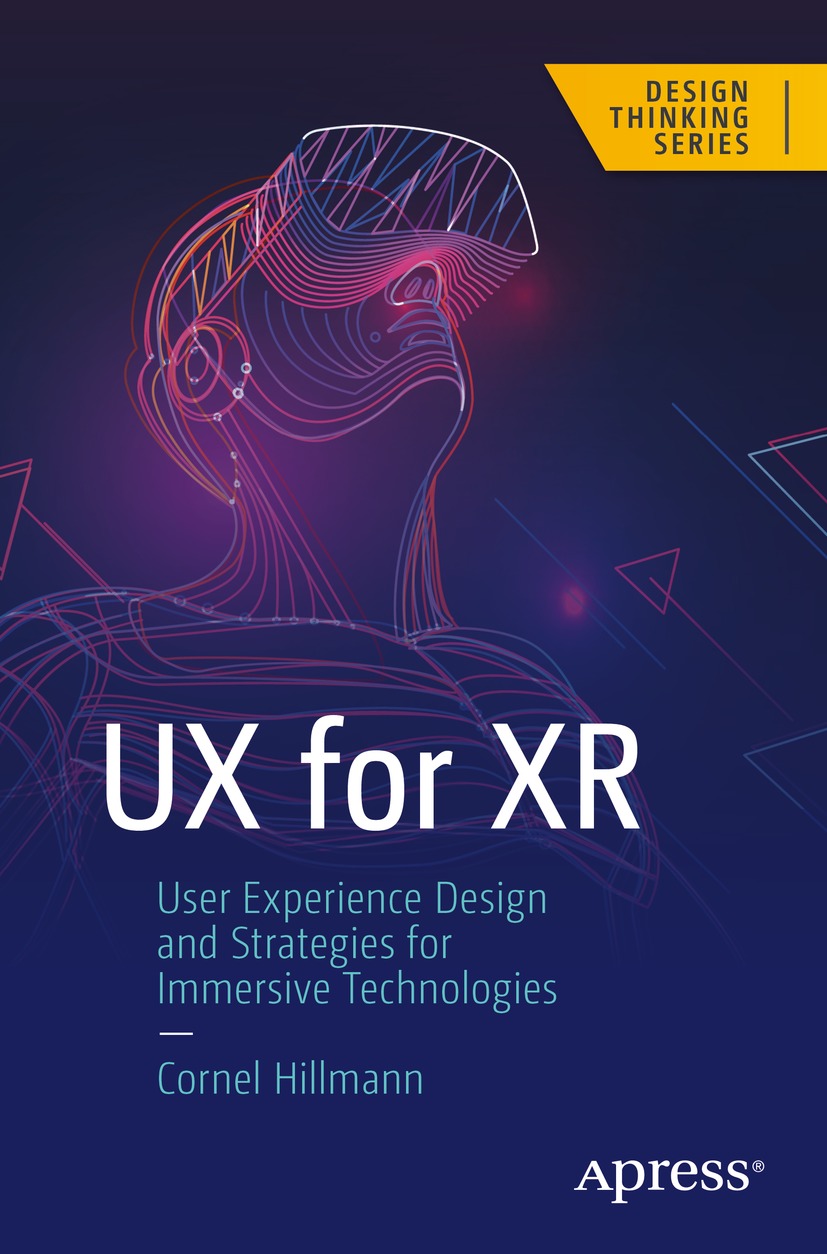Cornel Hillmann
Singapore
Any source code or other supplementary material referenced by the author in this book is available to readers on GitHub via the books product page, located at www.apress.com/978-1-4842-7019-6. For more detailed information, please visit http://www.apress.com/source-code.
Design Thinking
ISBN 978-1-4842-7019-6 e-ISBN 978-1-4842-7020-2
https://doi.org/10.1007/978-1-4842-7020-2
Cornel Hillmann 2021
This work is subject to copyright. All rights are reserved by the Publisher, whether the whole or part of the material is concerned, specifically the rights of translation, reprinting, reuse of illustrations, recitation, broadcasting, reproduction on microfilms or in any other physical way, and transmission or information storage and retrieval, electronic adaptation, computer software, or by similar or dissimilar methodology now known or hereafter developed.
The use of general descriptive names, registered names, trademarks, service marks, etc. in this publication does not imply, even in the absence of a specific statement, that such names are exempt from the relevant protective laws and regulations and therefore free for general use.
The publisher, the authors and the editors are safe to assume that the advice and information in this book are believed to be true and accurate at the date of publication. Neither the publisher nor the authors or the editors give a warranty, expressed or implied, with respect to the material contained herein or for any errors or omissions that may have been made. The publisher remains neutral with regard to jurisdictional claims in published maps and institutional affiliations.
This Apress imprint is published by the registered company APress Media, LLC part of Springer Nature.
The registered company address is: 1 New York Plaza, New York, NY 10004, U.S.A.
Preface
This book is an exploration into the challenges and opportunities of designing for XR, an emerging space with a constantly changing landscape and almost daily breaking news of innovation. Therefore, it is an attempt to find a balance between landscape analysis and practical use case design evaluation. But other than pitching the dichotomy of academia vs. practice or hierarchical taxonomy vs. heuristic evaluation, the goal of this book is to capture all the elements that are driving the XR evolution forward, including history, ideas, platforms, as well as economic context and focus on the important concepts, very often lifted from toolsets or frameworks, that help designers, in their role as product designers, navigate the XR universe and give them a head start on the wider subject.
The book also reflects my journey as an XR designer coming from interaction and game design and adapting UX methodologies to XR projects that were previously governed by game design techniques, standards, and methods, typically centered around the game design document (GDD) as the product development hub. XR product design owes the majority of its tools and techniques to game design, which has evolved over the last decades from a tiny niche to the dominating entertainment industry that it is today. A development that could be repeated with XR products, if we get the user experience right.
I was first introduced to virtual reality by the late Timothy Leary, out of all people. Dont put down the book just yet. Leary was, at that point in the early to mid-1990s, way past his earlier role as the pied piper of the psychedelic generation; instead, he, in his senior years, advocated virtual reality as a vehicle for his bigger ideas. I met him at the very beginning of my career, while on my first real job as a designer in LA, introduced by a close friend. His enthusiastic techno utopian vision about the liberation of mankind through VR seemed wild and way over the top, to my job-focused mind at the time. Back then he wrote: Electronic reality is more real than the physical world! This is a profound evolutionary leap. It can be compared to the jump from ocean to shoreline, when land and air suddenly become more real to the ex-fish than water! (Timothy Leary, Chaos & Cyberculture, 1994, page 48). Even two years earlier, in 1992, at the age of 72, he explained in a press conference of the Travel and Tourism Research Association in Minneapolis that Virtual reality will one day make business travel all but obsolete, since people will be able to come together electronically to createtelepresence (a quote from an article in the Baltimore Sun, from June 16, 1992).
People at that time, including my youngster self, were reacting with skepticism: Great ideas, but its not going to happen in our lifetime.
Nevertheless, hanging out with such a counterculture icon taught me a lesson: Never underestimate the power of big ideas. As it turned out, he was right on a lot of his predictions that became a reality 20 years later. When I was able to get my hands on the DK1 (Development Kit 1) for the Oculus Rift in 2014, my mind was blown. Once I stepped into a life-scale 3D space that I had modeled and designed earlier and was able to move around in it using the DK1, I was more than sold. It was a life-changing moment to be able to live in your own virtual creation. The idea of being able to build your own reality echoing back conversations that took place 20 years earlier gave me more than nerd chills; it injected me with a new dose of purpose and vision.
UX design, on the other hand, was an acquired taste for me, after I first discovered it about a decade ago. Like an exotic fruit, it first tasted sweet and bitter at the same time and had to grow on me over time. Bitter, because it forced me to rethink a lot of ways in which I previously worked. Sweet, because I began to appreciate the elegance and depth of its systems and the advantages of a shared language that brings everyone together on the same page. Game design has a lot of similar components as UX design user research, stakeholder interviews, prototyping, and focus group tests but the UX design process is embedded into a whole canon of product design systems and philosophies that, navigating it under the general ideas of design thinking, makes it satisfying and results oriented, with the extraordinary success stories of the digital economy partly owed to it. Game design used to put less emphasis on user research and UX methods because the attitude was often Im not biased, I just happen to know what users want, but that is also partially due to the fact that the game industry is often a very different animal and, to a great degree, genre driven.

